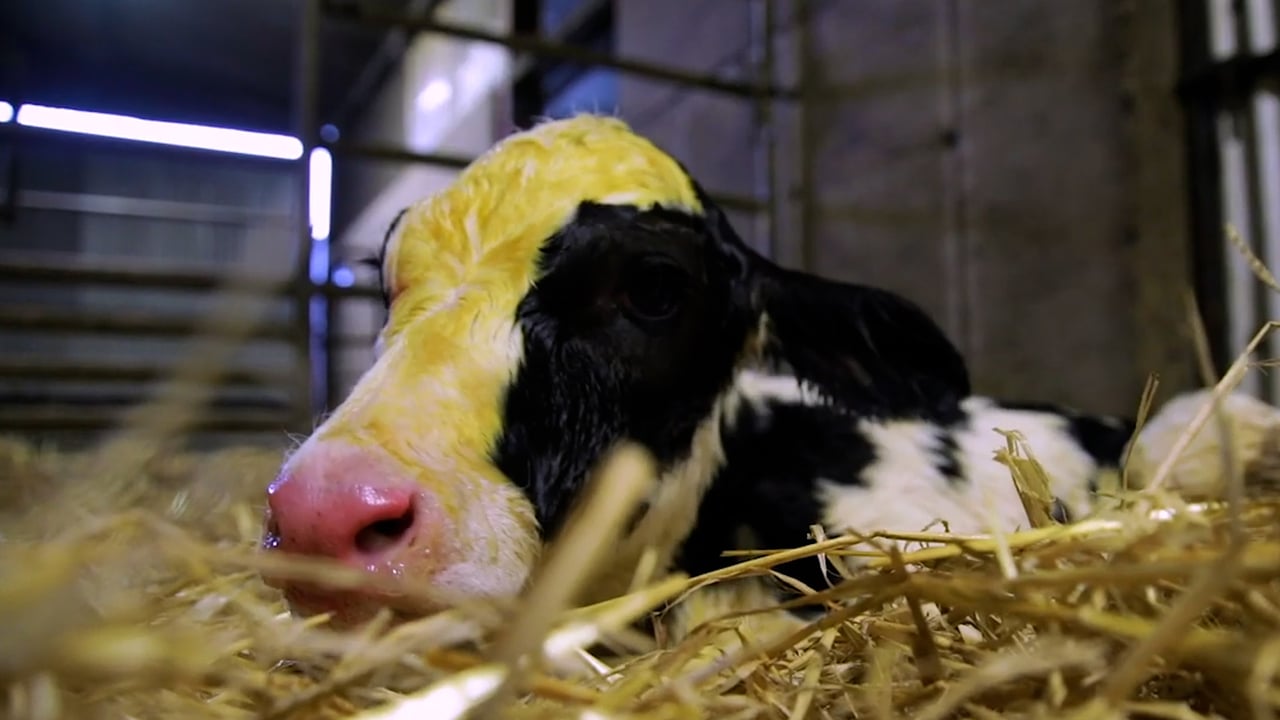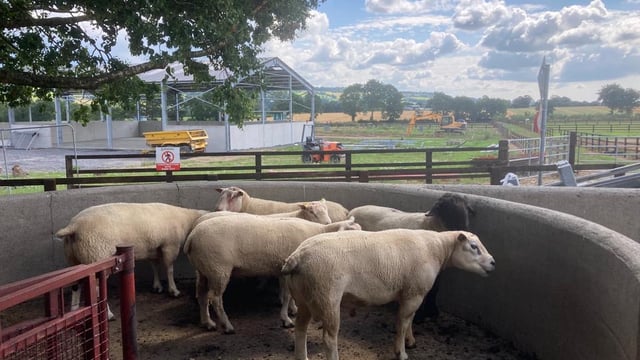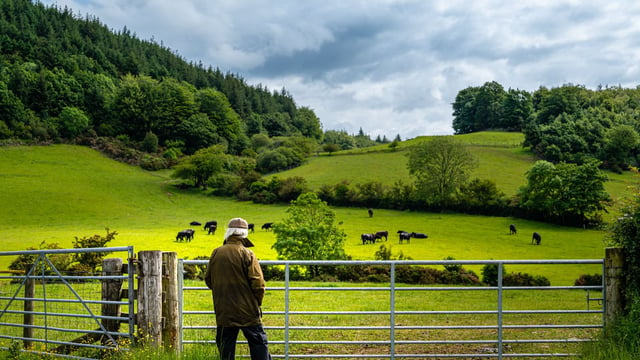Autumn calving: Don't forget the importance of colostrum
The importance of young calves receiving high-quality colostrum cannot be underestimated during the calving season.
The autumn-calving season is underway on most farms and it is important to ensure that calves get off to the best start in life.
The calves being born on farms this autumn are potentially future cows within the milking herd or will go on to be finished for beef.
Although many dairy farms are now exclusively spring-calving, autumn-calving and winter-milk-producing herds have a vital role to play in the industry.
Ensuring calves get adequate amounts of high quality colostrum is key to getting calves off to the best start in life.
Calves are born with no immunity and colostrum is the only way that calves can get these maternal antibodies.
When it comes to feeding colostrum, farmers should be following the 1,2,3 method.
This should be used on all calves born on the farm in the autumn - not just calves that are going to be kept on the farm.
Using the 1,2,3 rule:
- Use the first milk (colostrum) from the cow;
- Feed the calf colostrum within the first two-hours of birth;
- Calves must be offered at least 3L of good-quality colostrum.
The quality of the colostrum being fed to calves is also important; only colostrum over 22% should be fed to calves as this means the colostrum contains 50 mg/ml of immunoglobulins.
A brix refractometer is a simple tool that can be used on farms to determine if colostrum quality is good enough.
The stomach tubing of calves is an effective way of ensuring that calves get enough colostrum.
But if done incorrectly, it can have potentially fatal consequences, as the colostrum may enter the lungs of the calf.
When tubing calves there are some simple steps that can be followed:
- Before the tube is used it should be inspected for damage; if the tube is damaged in any way it should not be used;
- Once the tube has been inspected for damage, it should be moistened/softened at the end with warm water;
- While standing, place their back into a corner, with one hand under the muzzle to keep the head and neck in a natural position;
- Slowly pass the tube over the tongue to the back of the mouth, ensuring the tube enters the oesophagus. You should be extremely careful to ensure the tube enters the oesophagus and not the windpipe;
- When the tube is in the correct location, the calf should be comfortable and swallowing;
- But, before you allow the colostrum to flow through the tube, the placement of the tube should be double checked. This can be checked by feeling the calves neck area. You should be able to feel the stomach tube – if not, the tube may be in the windpipe;
- Once you have ensured the tube is correctly placed you can allow the colostrum to flow.
It is important to remember to work calmly and quietly to minimise stress placed on the calf.
You should also take your time when doing the process to avoid errors and mistakes.





